If you go for a run and there’s no trace of it online, did it really happen? While veteran runners will groan at such data dependency, for many modern runners a jog isn’t over until it’s been uploaded, the results scrutinised for signs of progress and they’ve received a few “likes” and comments for their efforts.
Most running apps will track your run using your smartphone’s GPS, creating a map of your route, plus data about your pace and distance. If you use a smartphone you’ll probably have to strap it to your arm – the advantage of this is you’ll be able to use your device to listen to music and podcasts as you go; the disadvantage is that reaching the screen (particularly through a plastic rain protector) is a faff.
As you pile on the miles you may prefer to invest in a sportwatch such as those made by Garmin, Samsung or Fitbit – if funds allow, try to buy one with a built-in heart rate monitor and music storage, such as the Apple Watch 2, LG Watch Sport or the Samsung Gear S3.
Sportswear companies have been snapping up fitness app firms – Under Armour bought MapMyRun, Asics now owns Runkeeper and Adidas took over Runtastic. So expect more shoes and clothing with built-in accelerometers and heart-rate monitors – and to be pestered to buy more kit. And as these multinationals harvest more data from their users, one would hope the charges that some of them make to access premium features will get left on the start line.
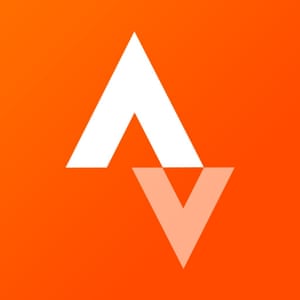
Strava: Best for fierce competitors
Via your smartphone, TomTom, Garmin or recording device of choice, Strava does an excellent job of recording and presenting your efforts – particularly if you are triathlete type and want to keep all your disciplines in one place. It will also integrate photos, if you like to share panoramas with your strides. Moreover, you’re likely to have pals on the site already, which ramps up the social element.
However, Strava’s main draw is its “segments” feature, which allows you to name sections of pavement, loops of park or bits of alleyways and see how you compare with others – or even hold a coveted course record for the 50 yards from your front door to the paper shop.
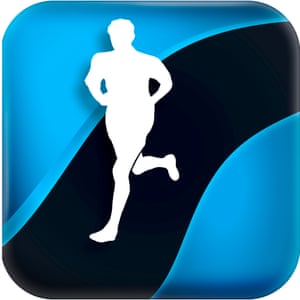
Runtastic: for the start of your fitness journey
Whereas many fitness apps try to track every possible physical activity – and are bloated and tricky to navigate as a result – the Runtastic family of apps takes a modular approach. The Runtastic app monitors your running and nothing else, but if you acquire an endorphin habit and seek further fixes at the gym or fancy upgrading your posterior with the Butt Trainer, you do so by adding a specific app at a time.
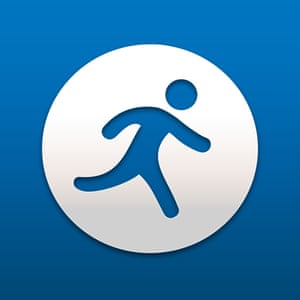
Mapmyrun: if you want to leave your smartphone at home
The MapMyRun family of apps was recently bought by Under Armour for $475m – showing the value the athletic wear company puts on user data. One irksome result of the takeover is the ads for Under Armour on the site, which appear until you upgrade to the premium version for £2.99 per month. However, if you are the type who likes to run unencumbered by smartphones or you’re just someone who forgets to charge their phone, MapMyRun would be a wise choice. UA’s Record Equipped shoes feature a built-in chip which measures your pace and distance without the need to strap your phone to your arm – you just sync your shoes with the app at the end of your run.
Like all of these apps, MapMyRun gives you an estimate of the calories you have burned during an activity, but if you team it up with MyFitnessPal you’ll also get an idea of how many calories you are using up.
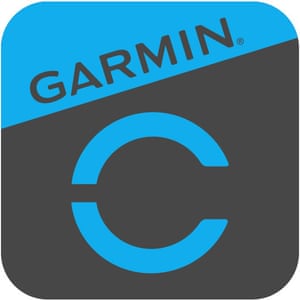
Garmin Connect: for Garmin owners
Garmin dominates the running watch market so its app is difficult to avoid. The app itself is pretty confusing to use, so you’re probably best advised to export your data to Strava or MyFitnessPal, which will create superior visualisations of your exertions and where you will probably find more friends for sharing and showing off. However, if your watch features a heart-rate monitor it’s worth digging into Garmin’s offering to find data about your resting heart rate, oxygen intake and recovery times – which it does not export to other apps.
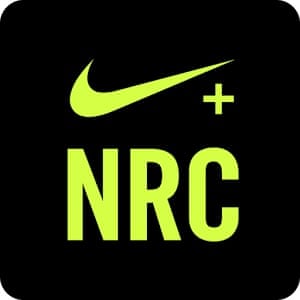
Nike + Run Club: for Apple Watch 2 owners
Apple has been quite protective of the GPS features of its latest watch – and only a handful of other apps work with the device, including Strava and Runkeeper. Unlike those, with Run Club you don’t have subscribe to a premium version to unlock some of the more advanced features such as training plans, as they are included here for free.
The app also gives you updates on Nike Run Club events in your area – although in the UK this only currently applies to London. It also features Snapchat-style filters for sharing a cartoon selfie at the end of your run (although you’ll need your phone for this).
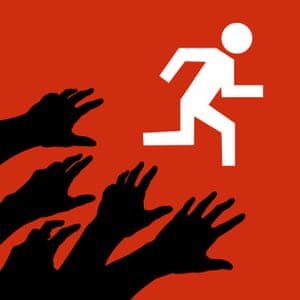
Zombies, Run!: for fans of the undead
Many people run to put some distance between themselves and the grim reaper – Zombies, Run! takes this a stage further. Co-created by award-winning novelist Naomi Alderman, the app includes all the usual tracking features, but aims to motivate you with stories and drama rather than data and targets. Instead of runs you’ll go on “missions” collecting rewards with the sound of rather athletic zombies padding the pavement behind you. There are six seasons to work through and when you’re tired of the undead you can you can download interval training and race activities to follow too.
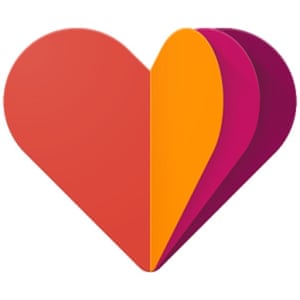
Google Fit: for a holistic approach
The web and Android (it’s not available for iPhone) versions of this app are some of the best looking and intuitive around (especially if you are familiar with other Google apps). It doesn’t include some of the more advanced training features such as interval plans which the premium versions of other apps include.
However, Apple and Garmin aside, it is compatible with a plethora of other health and fitness apps, and devices from Android watches to Nokia wifi weighing scales, which makes it a great repository for relating your running data to details about your weight, sleep and diet.

Instagram: for those who like to pose
Not a running app per se, but ’gramming your session is an essential post-run routine for many. Strava and Nike+ Run Club enable you to upload a photo from your run which is badged with your route, distance or pace – to take your brag beyond your running network. There’s also an energetic community of runners on the platform from coaches such as @becsgentry, Olympians like @shalaneflanagan and photographers like @daniel.varga12 to give you a shot in the arm.
It’s also a great way to check out local running clubs – start digging around using hashtags such as #runnersofinstagram #runchat #runningmom #fromwhereIrun and so on.

Spotify: for fast-moving music lovers
Many of these apps, including Nike+ Run Club and Zombies, Run!, are integrated with music streaming services so you can control them from within the app.
Spotify has the edge over Apple Music and others because of its running service. Once selected, this feature will match the beats per minute to the tempo of your running, which it picks up from your smartphone’s accelerometer. It will either do this with songs from your library or you can select from playlists based on genre or time of day.
If audio streaming services aren’t integrated with your fitness app you can normally run them in the background – it just adds a layer of twiddling when you want to change tracks and whatnot.
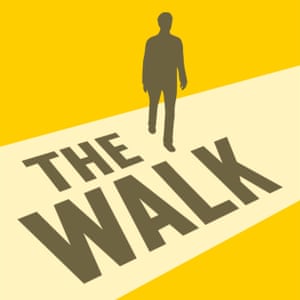
The Walk: if you want to take things more slowly
Another immersive creation from the Zombie, Run! team, The Walk was developed with help of the NHS. The idea is to travel a certain distance in order to unlock a new chapter of a spy thriller in which you must walk the length of the UK to deliver a globe-saving package. The 65 episodes should take you around three months to finish. The app tells you how many minutes you’ve spent walking each day, and if you do break into a run or find yourself on a treadmill, it’ll log that too. Regular walking is known to cut the risk of breast cancer, type 2 diabetes, strengthen bones and improve mental wellbeing – so this is a thriller worth finishing.
Source: Read Full Article
